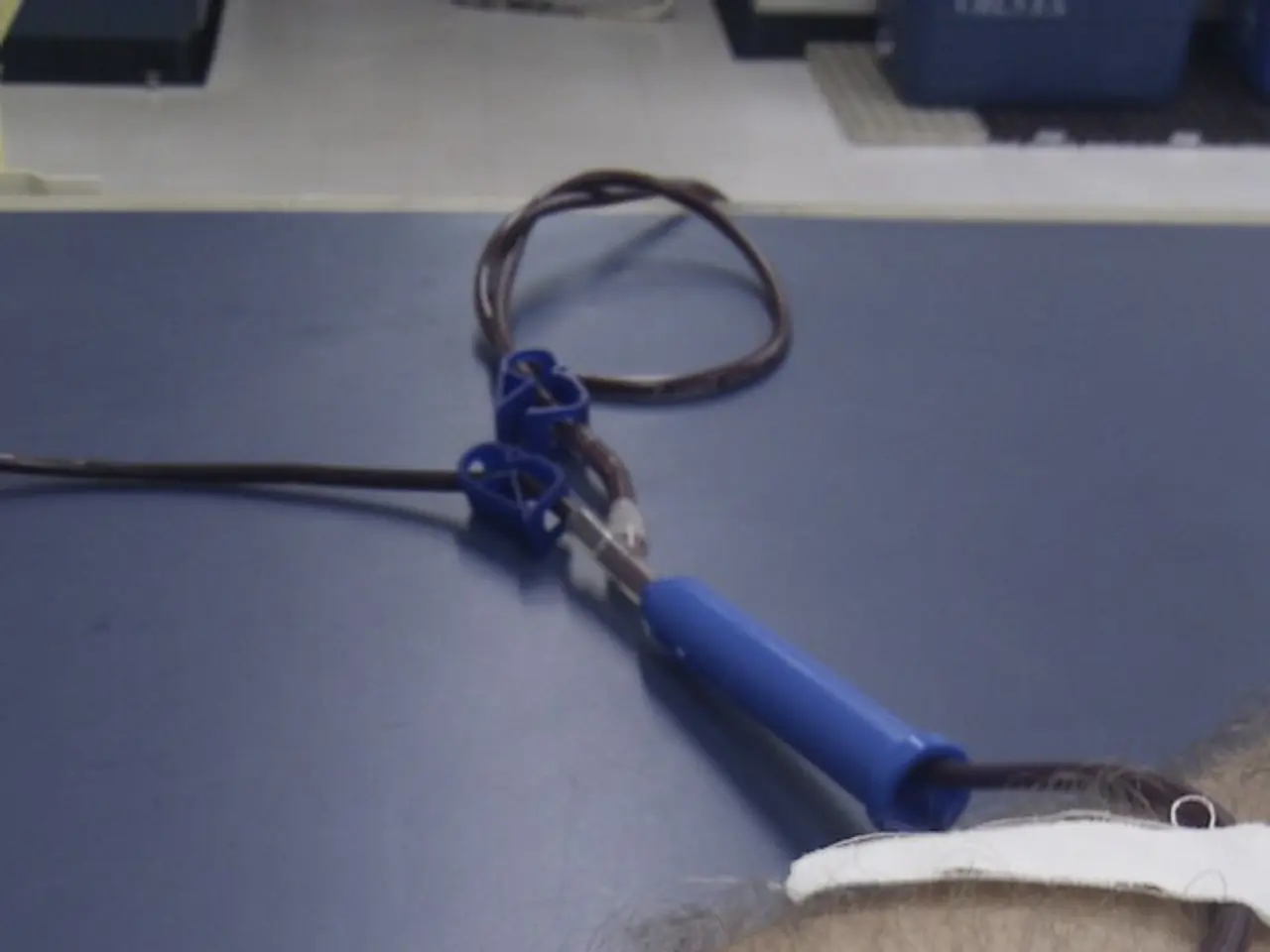Consistent unease in fingers: A report on Glomus tumor case
In a remarkable case, a 45-year-old man of Maasai origin presented with a persistent pain in the tip of his left ring finger, which had troubled him for five years. Despite attending multiple health facilities, including traditional healers, he found no solution.
The patient's symptoms were unusual. The pain was associated with on and off neck pain, worsening with cold exposure, and no preceding trauma or skin discoloration. Upon examination, he exhibited sharp tenderness, swelling, and a positive Love's pin test, Hildreth's test, and cold test.
Initial laboratory investigations revealed a normal leukocyte count, hemoglobin, platelet count, creatinine, and negative rheumatoid factor. However, uric acid was elevated. X-ray imaging revealed depressions on the dorsal aspect of the distal phalanx, and magnetic resonance imaging confirmed a glomus tumor measuring 0.3 cm × 0.3 cm × 0.5 cm in size.
Glomus tumors, first described by Wood in 1812, are rare benign hamartomas primarily found in the dermis or subcutaneous tissue. They arise from modified glomus cells, which are specialized smooth muscle cells functioning as chemoreceptors. Glomus bodies, the source of these tumors, serve as a source of thermoregulation via arteriovenous shunts.
In this case, the patient underwent a complete marginal excision and bone curettage under local anesthesia to remove the tumor. After the procedure, the patient reported complete symptom resolution with no recurrence during a 2-year follow-up.
Glomus tumors are rare overall, and specific data on their prevalence and presentation in African populations are extremely limited in the available literature. Malignant occurrences of glomus tumors are rare but tend to involve large, deep-seated lesions exceeding 2 centimeters in size and often affect visceral organs. However, no distinct variation in genetic or clinical features by geography or ethnicity has been elucidated.
This case underscores the importance of further research to clarify if there are unique epidemiologic or clinical features of glomus tumors in African populations. Despite being rare, understanding these features could lead to improved diagnosis and treatment for patients like the one described here.
- Given the case of a 45-year-old man from Maasai origin with an unresolved finger pain for five years, a magnetic resonance imaging (MRI) revealed a glomus tumor, a type of rare, benign skin growth, thus emphasizing the need for more research on the specific epidemiologic and clinical features of such tumors in African populations.
- In the realm of health and wellness, chronic conditions such as glomus tumors, though uncommon, can significantly impact an individual's quality of life, as demonstrated by the man from Maasai origin who experienced relief from his persistent pain after successful surgical removal.
- The study of science, particularly in the medical-conditions domain, continues to unveil interesting cases like the one of the Maasai man, who presented an unusually located glomus tumor, indicating the importance of comprehensive research in various ethnic and geographic populations to improve diagnosis and treatment of chronic diseases.







